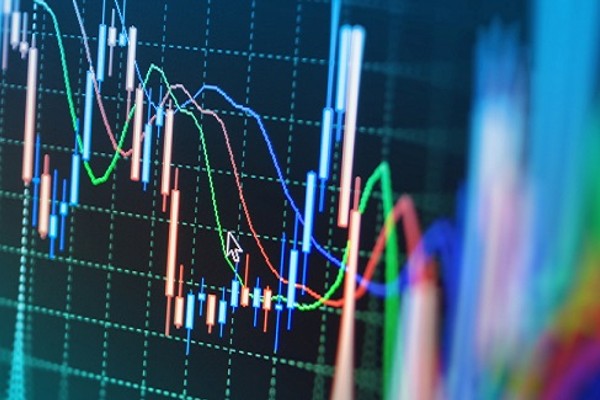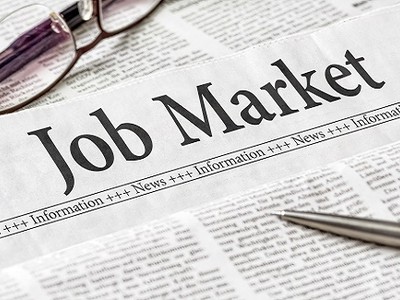The days are drawing in and the summer holiday period is drawing to a close, but there is little sign of excitement returning to markets as traders get back to their desks. Shares have been subdued recently and, while the unemployment figures confirmed that things were improving in the jobs market, the sharp rise in the number of unfilled vacancies provides a worrying backdrop.
Transportation and the hospitality sector seem particularly badly hit. The shortage of chefs and lorry drivers has been well publicised, but online retailer Ocado announcing that its wage bill for the drivers it employs is likely to rise by £5 million a year demonstrates that this is a real problem. Labour shortages inevitably leads to wage inflation, which in turn drives up the cost of living for all of us.
Nor is this purely a domestic problem. Amazon have announced an uplift of 6% in the pay it is to offer workers starting in its distribution centres and that it plans to employ a further 125,000 people. The way in which the pandemic has accelerated the shift towards buying over the internet, which in turn has exposed shortcomings in the way in which our online purchases are being processed.
Indeed, recent inflation numbers from America suggest that the rise in the cost of living is not as transitory as the Fed may be hoping. The headline rate for August nudged down a little, but is still above 5%. Many forecasters are predicting that rates are unlikely to return to acceptable levels before the end of next year which may yet upset the US central bank’s dovish stance.
Inflation rate in the UK in August’s was at +3.2% annualised, was a sharp increase on the previous month and brought the cost-of-living index to its highest point in nine years. Expectations are that further increases are on the cards, with the index reaching as much as 4.5% by the end of the year. It won’t just be the Fed that will be re-examining its stance in dealing with the economy.
There are other price pressures other than wages, such as coffee, which reached a seven year high recently, and wheat, which has also seen prices rise dramatically, prompting fears that the price of pasta could double. Aluminium also spiked on the back of the military coup in Guinea and we shouldn’t forget those commodities and goods constrained by distribution problems that are seeing higher prices. Perhaps things will settle down, but the time scale is far from certain.
Of course, we should be thankful that economies have bounced back as robustly as they have from the coronavirus induced recession, but clearly it is stimulating a significant shift in how the working population is employed. For investors this may have less significance at the individual share level, but the effect all this could be having on inflation will need to be watched carefully. A sustained rise in the cost of living could lead to higher interest rates, with severe consequences for borrowers.



